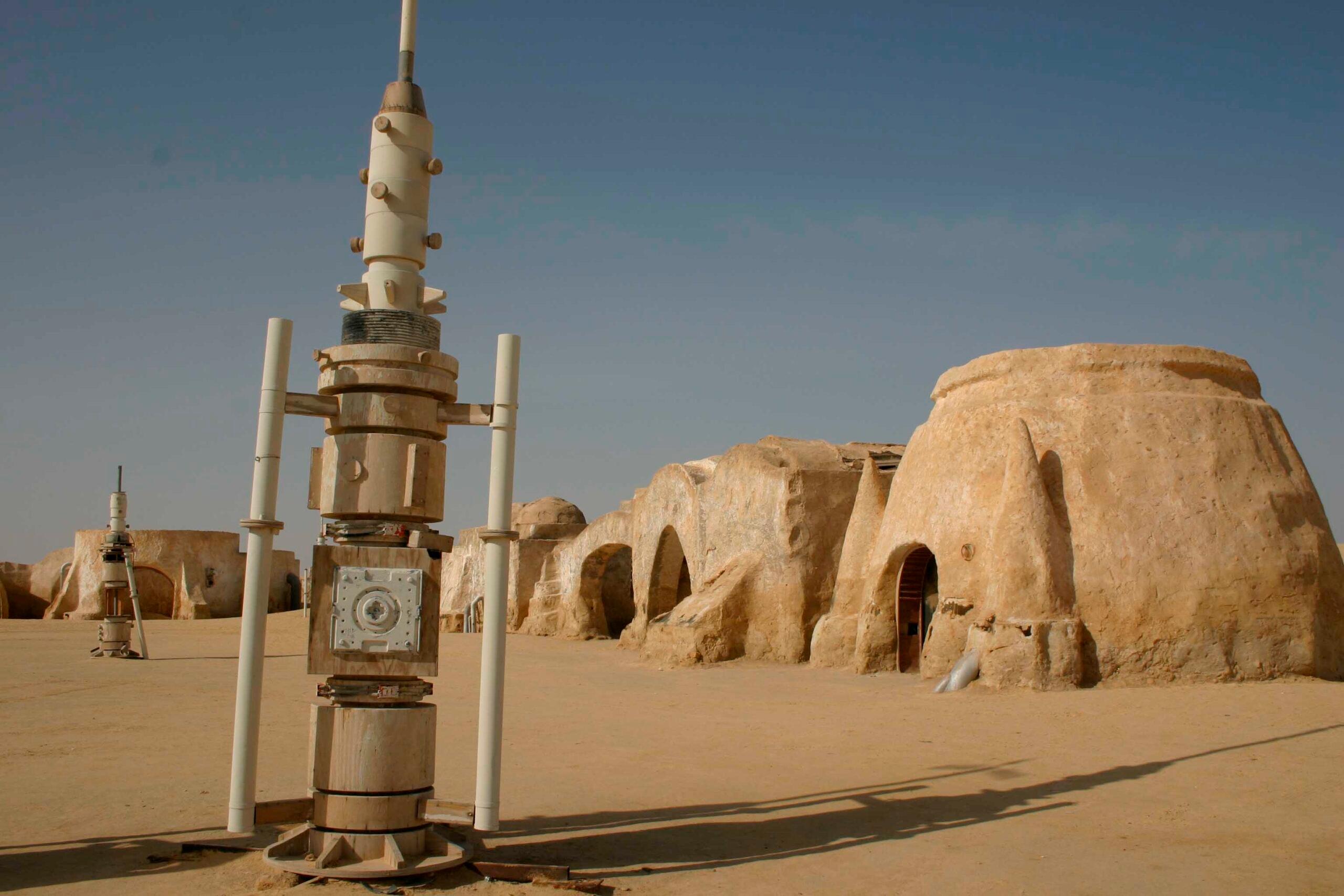
Last week, Star Wars: The Last Jedi debuted to glowing reviews from critics, an “A” grade in CinemaScore audience polling, and the second-biggest domestic-box-office opening weekend ever — ranking, of course, behind another Star Wars movie (The Force Awakens). Yet amazingly, much of the discourse since The Last Jedi’s premiere has been about the fan backlash to the film. Modern Star Wars fans are spoiled.
That’s not to say that there’s nothing to critique about the latest Star Wars installment. But if you don’t like The Last Jedi or the two Disney-era Star Wars films that preceded it — and you should! — just wait five months; maybe you’ll prefer Solo: A Star Wars Story. If not, there’s always Episode IX the following year, with another trilogy and more stand-alone stories scheduled, tentatively, for every year of the rest of all of our lives. And if you get bored between big-screen Star Wars releases, you can bury yourself in Star Wars–branded books, comics, video games, and TV shows. The Star Wars never stops.
Star Wars wasn’t always ubiquitous. Thirty years ago, the series was withering on the vine, stuck in the darkest days of a 16-year drought between Return of the Jedi and The Phantom Menace. Back then, no one knew whether that drought would ever end, and, as George Lucas’s eye wandered away from Star Wars, so did the franchise’s fans. Even one measly movie would have been manna from a galaxy far, far away.
In our current era of IP reliance and Star Wars saturation, it’s almost inconceivable that Star Wars ever suffered a slump. But the story of its slow slog back to the top of the cultural hierarchy reflects the rapid evolution in how we create and consume content. So today, we’re taking an audio tour of those Star Wars lean years, guided by some of the fans and figures who were instrumental in shepherding the series through its difficult transition from one golden age to another and ensuring that Star Wars would still be the world’s biggest box-office draw four decades after its debut.

